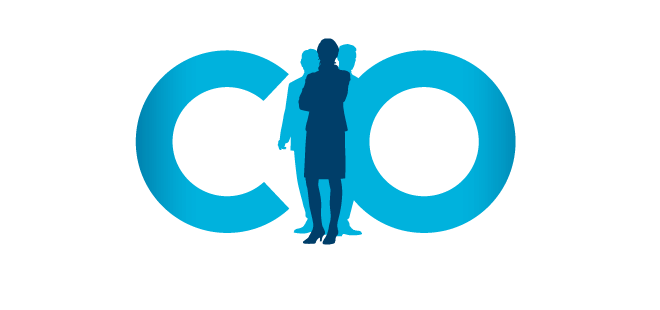CIO Perspective: Have Your IT Train Your End Users (To Have Unbelievable Returns)
The era of waiting for the IT department to come and install software is over. Except for a few, soon-to-be-extinct people, nobody is bothering himself by reading the manuals or even checking online help. Users want to install an application, enter username and password (if the application is not using Google, Facebook or Twitter login) and have the app work now. In terms of corporate IT, nobody wants to wait, users want the help desk to solve the issue now. In this time of “now people”, IT departments are under even more pressure in the train, deploy, support cycle.
Still now, IT professionals are not evaluated on training and support skills. The tendency is directing the users to the company’s training department/HR to arrange commercial training programs. When the solutions are developed internally or when there are the frequently asked questions (FAQ), IT departments resort to publishing an FAQ list and a self-help site. This way the IT departments save their efforts from the issues that the users themselves can solve.
Then there is the issue of training. Having IT deliver the training is beneficial both to the users and the IT professionals. It is much more than saving on training costs.
RELATED: CIO Perspective: Don’t Overlook Those Risks
Having IT Training End Users
First, having your IT staff deliver training establish a communication channel between the IT department and the users. This communication easily turns into a healthy collaboration and relationship. During the training, the IT staff learns a great deal on the application usability, user reactions, how the application is perceived, what is expected from it and the like. This information is either fed into the next releases of the application or build criteria on application selection.
Second, the majority of the end users focus on the features of the applications that they frequently use to get their jobs done. These users do not think about the application’s further capabilities and more sophisticated options that the application provides. Such an example is Microsoft Excel: I have seen many people using no more than making simple tables, calculations and cell formatting in Excel, never checking the other capabilities. In their terms, even the built-in calculations of Microsoft Word is enough. This simply leaves 90% of Excel investment lying unused, in other terms, wasted. This is the same for any application.
RELATED: Big Data #7: Preparing for the Big Data Workflows
Third, when the users are trained and they use the application with more sophisticated options, the users are more efficient. They further come up with even more creative scenarios to enhance their daily jobs, which in turn contributes further to the company’s return on investment.
Fourth, during the trainings, the IT department can spot power users that they can turn into test users and then key users. The test users will feed IT with more business view and the IT will develop/choose better software.
What about the IT Department Itself?
Many support engineers, due to their very nature, would disagree on IT training the end users. However, I can argue against that for days. IT is no longer evaluated on the support it provides. It is evaluated on the service levels, answering technological questions on time, responding to requests as well as incidents etc.. With such high expectations and the changing of the IT landscape, no IT professional can say “OK, I have solved the case, so what”, like they did until a couple of years ago. Today IT is (should be) closer to the business and soft skills are even more valued.
RELATED: Geek Ethicist: Robot Wives and Android Prostitutes
The Return on Technology Investment
Personally, I consider the deployment as complete when the application is successfully functioning and the users are adequately trained. Then I believe that the IT has to “feel the pulse” by calling users time to time and asking how the application is performing, how it is helping them to perform their jobs better and how it is adding value. I would also recommend to take the user feedback to the support group and then announce the solutions, answers to all users. This collaborative approach will help users to “own” the application and the IT to benefit by lowering support efforts.
This proactive approach of allocating resources to training and collaboration skills will enhance the return on the software. The CIO who has taken such initiative will be better prepared to answer the board when he is asked if the company is getting the most from the investment.
Image credit: teamfocus.in




